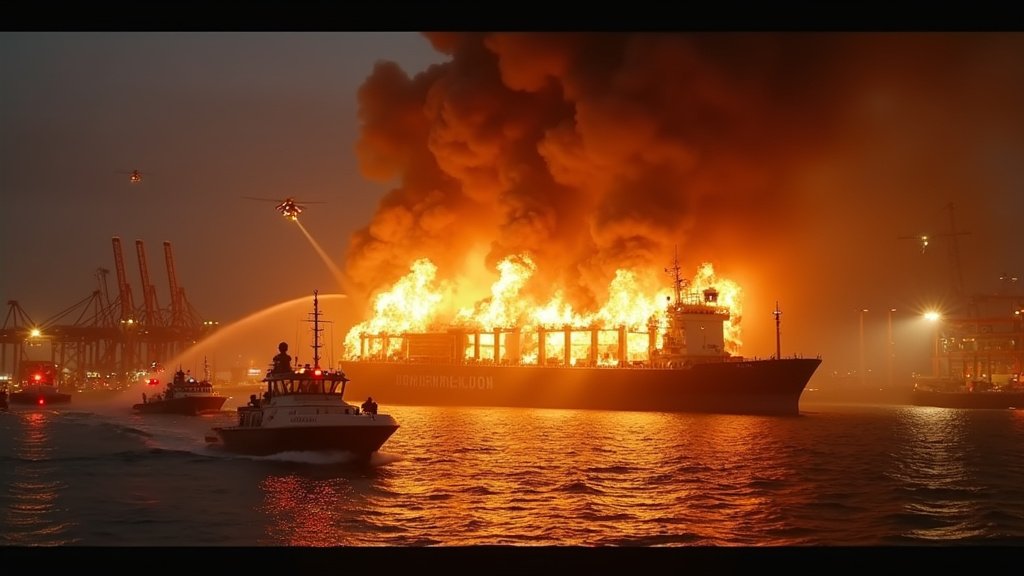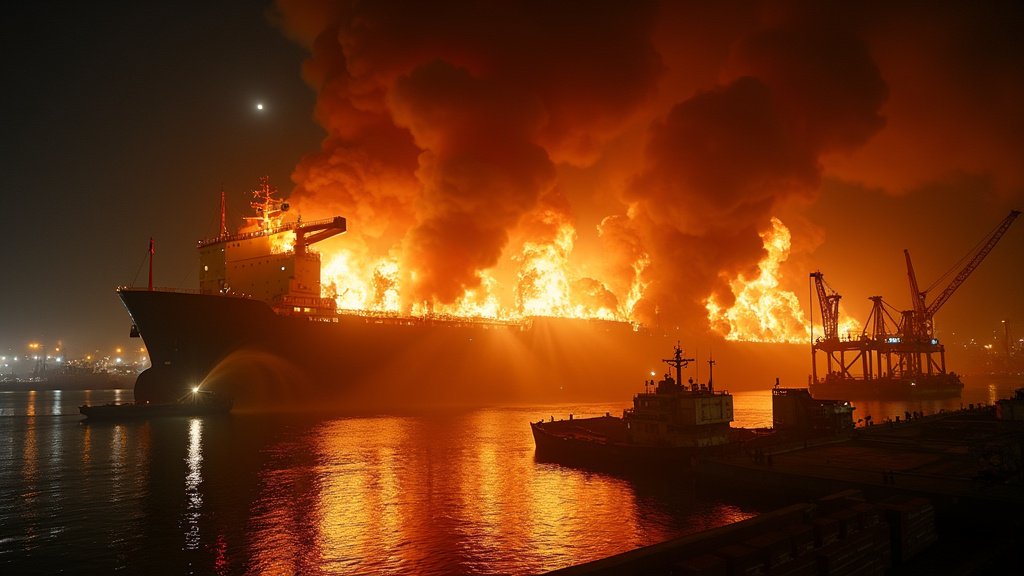Los Angeles County is once again confronting the persistent threat of wildfires, as two new blazes were reported in the early hours of Wednesday, September 24, 2025. The incidents underscore the challenging wildfire season the region is experiencing, characterized by early starts and sustained high risk.
Early Morning Reports Spark Concern
The first wildfire, designated LAC-335320, was reported at approximately 12:09 a.m. on September 24th. Shortly thereafter, a second incident, LAC-335388, was reported at 2:40 a.m. Both fires were confirmed to be burning on private land within Los Angeles County. As of the initial reports, comprehensive details regarding the exact acreage burned, containment status, or the specific causes of these new fires remain undetermined. Fire officials are actively assessing the situations, with updates expected as they become available.
A Familiar Threat: The 2025 Wildfire Season
These September incidents are unfolding against the backdrop of what has been a severe and active wildfire season across California in 2025. The year began with significant fire activity, including devastating blazes in January that impacted the greater Los Angeles area. These early-year fires, such as the Eaton and Palisades incidents, resulted in widespread destruction, loss of life, and significant evacuations, setting a grim tone for the remainder of the year. Data from Cal Fire indicates that the 2025 fire season has seen a notable number of wildfires and acres burned, with activity trending above normal in both Northern and Southern California. Experts had predicted an average to more severe fire season, and these late-season reports reinforce those concerns.
Fueling the Flames: Conditions in Los Angeles County
Several environmental factors contribute to the heightened wildfire risk in Los Angeles County and across California. Persistent drought conditions have left vegetation critically dry, creating abundant fuel for fires. Spring weather patterns in 2025, characterized by warmer and drier conditions, have further exacerbated this vulnerability. Climate change plays a significant role, contributing to hotter temperatures, earlier snowmelt, and extended dry periods, effectively transforming the traditional fire season into a year-round concern for many regions. These conditions, coupled with the dry Santa Ana winds common in Southern California, create a volatile environment where fires can ignite and spread with alarming speed.
Official Response and Community Vigilance
Responding agencies, including the Los Angeles County Fire Department and Cal Fire, are continuously monitoring and managing fire threats across the state. The reporting of new incidents necessitates immediate resource allocation and strategic planning. While specific containment efforts for LAC-335320 and LAC-335388 are still in their early stages, the presence of these fires highlights the ongoing demand on firefighting personnel and equipment. Community preparedness remains a critical component in mitigating the impact of wildfires. Residents in fire-prone areas are urged to stay informed through official news channels and emergency alerts, and to have evacuation plans in place.
Implications of Ongoing Fire Activity
The emergence of new wildfires, even on private land with initially undetermined scope, carries significant implications. Beyond the immediate threat of property damage and potential evacuations, these fires contribute to air quality issues across the Los Angeles basin. The strain on firefighting resources is also a constant concern, especially as the region anticipates continued warm and dry weather. The trend of fires occurring outside traditional fire season parameters, as seen in early 2025 and continuing into September, underscores a shift in environmental patterns that demands sustained vigilance and adaptation. These current los angeles news updates serve as a stark reminder of the wildfire threat that remains a trending concern for the region.





